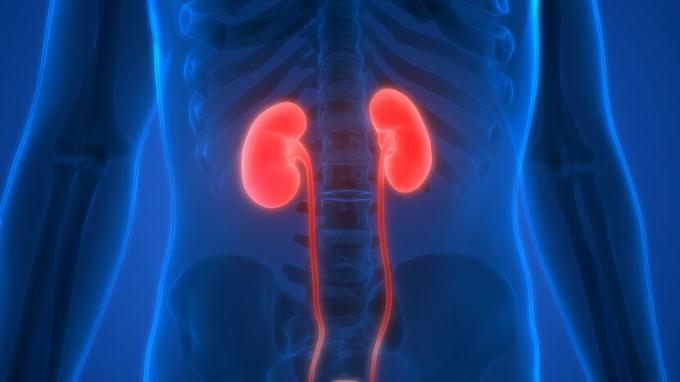You protozoa they constitute a group of living organisms with some very peculiar characteristics. All these beings have only one cell, being, therefore, unicellular, and they are not able to produce their own food, that is, they are heterotrophic organisms.
All protozoa are very tiny and can live in fresh water, salt water or wet land. Some species can live inside other living beings and cause them diseases, they are called parasitic species (Know some diseases caused by protozoa). Also, some species live in mutualistic association with other living beings, such as the protozoa that live in the intestine of termites, helping in the digestion of cellulose.
Protozoa, as mentioned earlier, need to feed, as they cannot produce their food. They normally feed on organic matter, bacteria and even from other protozoa.
The reproduction of protozoa can be of form asexual, with only one organism involved, or sexual. In asexual form, the protozoan literally splits in half and gives rise to a new being. In the sexual form, it is common to observe the union of two individuals and the formation of a zygote, which then divides and forms new individuals.

O Paramecium moves through eyelashes
Protozoa have a large number of different locomotor shapes and structures. It is common that the form of locomotion is used to separate these organisms into groups. Note below:
- ciliated protozoa: Move around by eyelashes. Example: Paramecium sp. (Look at the figure);
- flagellated protozoa: They are moved by scourges. Example: trypanosomacrossy.
- Ameboid Protozoa: They move through pseudopods, which are extensions of the cytoplasm. Example: Entamoebahistolytica.
- Sporozoan protozoa: They do not have specialized structures for locomotion. Example: Plasmodium sp.
It is important to highlight that protozoa have different forms of classification. The division adopted in the text is merely didactic.



